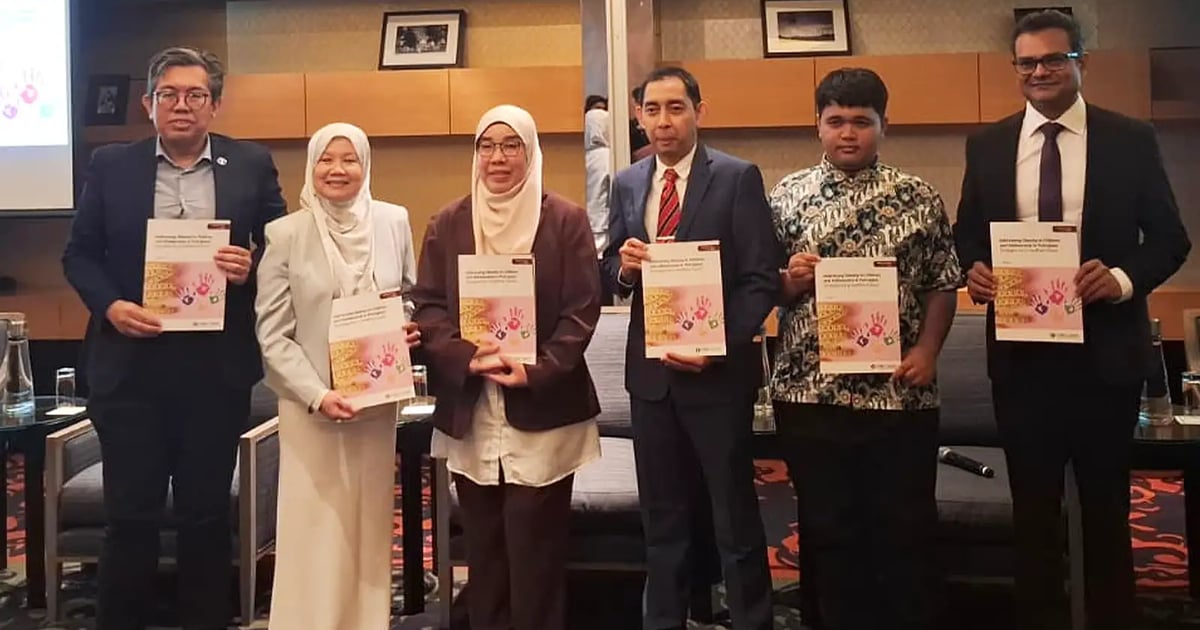
A health expert has urged the government to adopt a comprehensive and multi-ministerial strategy to address adolescent obesity as a national concern.
Malaysian Endocrine and Metabolic Society vice-president Dr Yazid Jalaludin said all ministries, and not just the health, education, and women and community ministries, must collaborate and acknowledge adolescent obesity as a problem.
“We are seeing 18 to 24-year-olds having diabetes, (with) two-thirds of them not even knowing that they have (it)”, said Yazid, a panellist at a forum titled “Addressing the Adolescent Obesity Burden: Collaborative Solutions for a Healthier Malaysia” here today.
Yazid emphasised the importance of establishing clear guidelines on who should be screened for complications related to being overweight or obese.
“We should screen them now rather than having to treat them in their 20s and 30s,” he said, adding that complications could be better managed when treated early.
He highlighted the financial problems that some families might face for investigative and treatment services, and noted that some insurance policies might not cover these services as obesity was not recognised as a disease.
The other panellists were health ministry disease control division director Dr Noraryana Hassan, Malaysian Obesity Society president Dr Rohana Abdul Ghani, and young patient advocate Mikhael Qaiser.
Galen Centre for Health and Social Policy CEO Azrul Khalib moderated the discussion.
Noraryana affirmed the ministry’s recognition of adolescent obesity as critical, saying that this issue required a coordinated, multi-sectoral action involving education, urban planning, and food policy.
She highlighted the ministry’s intervention programmes, including the National Health Screening Initiative, which revealed a high percentage of individuals classed as either obese or overweight.
While highlighting the importance of population-based and primary interventions, she said the main focus for now was to initiate clinical interventions for obesity.
Need for destigmatisation
Rohana said it was important that adolescent obesity be recognised as a complex, chronic disease and not merely a matter of lifestyle choices.
“The destigmatisation of obesity is important so young people can receive the appropriate care they need without shame or delay, before they grow up into sick adults,” she said.
Mikhael called on all parties to show empathy instead of judgment when dealing with young patients who were overweight or obese.
“It’s not just about weight but also the constant burden of shame and anxiety.
“I want you to know that teenagers’ lives with obesity are far more difficult than you think.
“Starting today, parents should stop commenting on their child’s weight. Instead, show them unconditional love and create a healthy home environment,” he said.
He said teachers also played an important role in advocating for these students and fostering a classroom culture of respect.
Earlier, Galen Centre launched a policy report, titled “Addressing Obesity in Children and Adolescents in Putrajaya”, prepared in collaboration with Novo Nordisk Pharma (Malaysia).
The report highlighted critical gaps in Malaysia’s current approach, including insufficient recognition of obesity as a chronic disease and the lack of insurance coverage for treatment.
It also called for structured treatment modalities, ranging from lifestyle interventions to pharmacotherapy, and stressed the importance of involving families throughout the treatment process.






